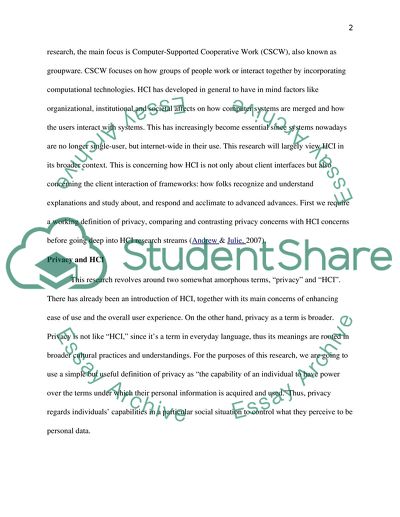Cite this document
(“Human Computer Interaction Privacy Issues Assignment”, n.d.)
Human Computer Interaction Privacy Issues Assignment. Retrieved from https://studentshare.org/information-technology/1611090-human-computer-interaction-hci-coursework
Human Computer Interaction Privacy Issues Assignment. Retrieved from https://studentshare.org/information-technology/1611090-human-computer-interaction-hci-coursework
(Human Computer Interaction Privacy Issues Assignment)
Human Computer Interaction Privacy Issues Assignment. https://studentshare.org/information-technology/1611090-human-computer-interaction-hci-coursework.
Human Computer Interaction Privacy Issues Assignment. https://studentshare.org/information-technology/1611090-human-computer-interaction-hci-coursework.
“Human Computer Interaction Privacy Issues Assignment”, n.d. https://studentshare.org/information-technology/1611090-human-computer-interaction-hci-coursework.


